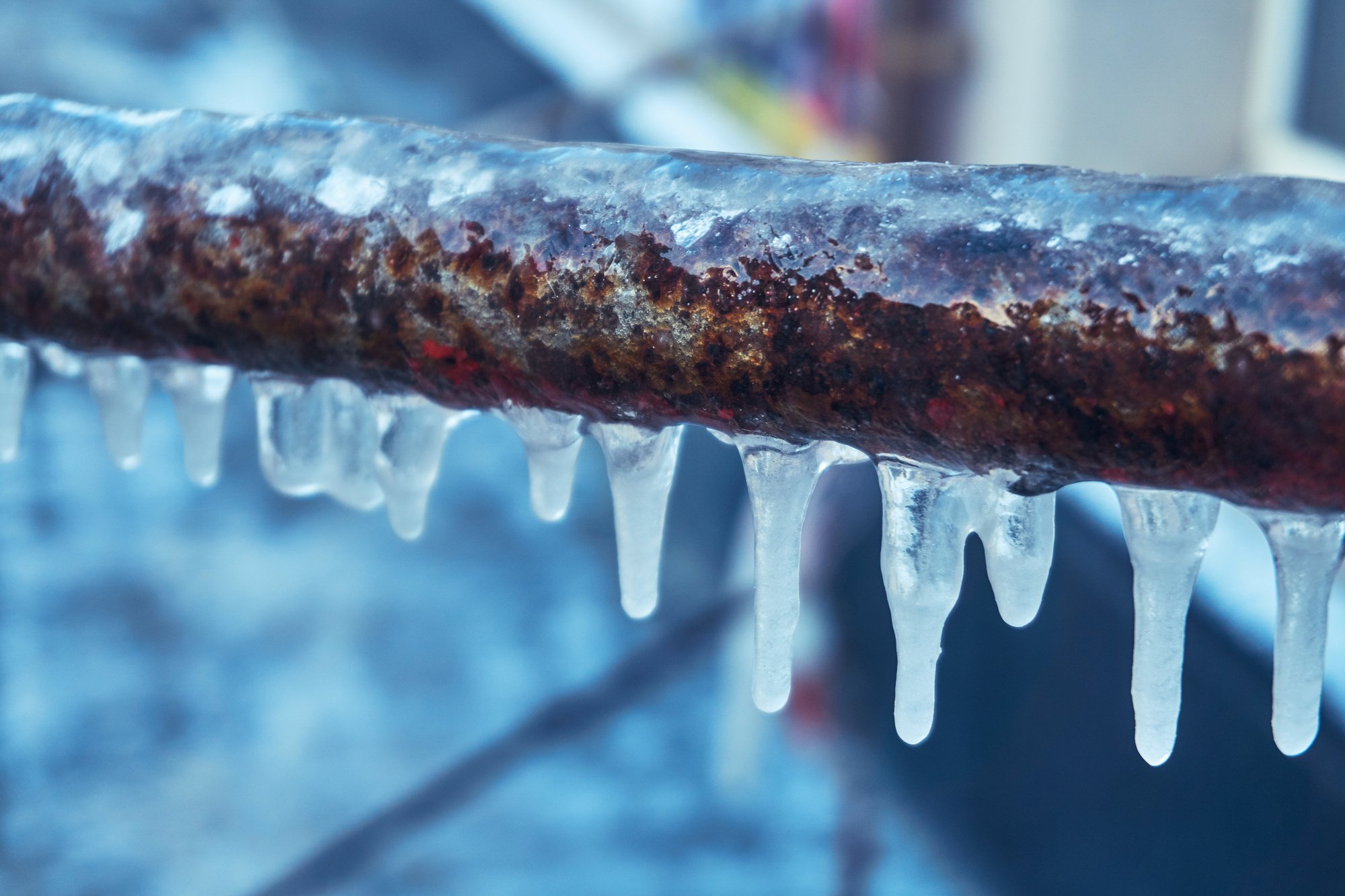Important Tips to Avoid Frozen Pipes in Winter: Specialist Guidance
Important Tips to Avoid Frozen Pipes in Winter: Specialist Guidance
Blog Article
Presented here below you can locate a good deal of worthwhile answers when it comes to Helpful Tips to Prevent Frozen Pipes this Winter.

Winter can wreak havoc on your plumbing, especially by freezing pipelines. Right here's exactly how to avoid it from occurring and what to do if it does.
Intro
As temperatures decline, the danger of icy pipes rises, potentially bring about expensive repair services and water damages. Comprehending just how to prevent frozen pipelines is crucial for house owners in cool climates.
Comprehending Frozen Pipes
What triggers pipelines to ice up?
Pipelines ice up when revealed to temperatures below 32 ° F (0 ° C) for extended durations. As water inside the pipelines ices up, it broadens, putting pressure on the pipeline walls and possibly creating them to burst.
Threats and damages
Icy pipes can cause water system interruptions, building damage, and expensive repair services. Burst pipelines can flooding homes and trigger comprehensive architectural damage.
Indications of Frozen Piping
Identifying frozen pipelines early can stop them from breaking.
Exactly how to recognize icy pipes
Search for decreased water flow from faucets, uncommon smells or sounds from pipes, and noticeable frost on exposed pipes.
Prevention Tips
Insulating at risk pipes
Cover pipelines in insulation sleeves or use warm tape to shield them from freezing temperatures. Focus on pipes in unheated or outside locations of the home.
Home heating techniques
Keep interior areas properly heated up, particularly areas with plumbing. Open cupboard doors to enable warm air to distribute around pipes under sinks.
Securing Outside Plumbing
Garden tubes and exterior taps
Separate and drain pipes garden pipes prior to winter. Mount frost-proof spigots or cover outside faucets with insulated caps.
What to Do If Your Pipelines Freeze
Immediate activities to take
If you think frozen pipelines, keep faucets open up to soothe stress as the ice thaws. Make use of a hairdryer or towels soaked in warm water to thaw pipes gradually.
Long-Term Solutions
Structural modifications
Consider rerouting pipes far from exterior walls or unheated locations. Add additional insulation to attics, basements, and crawl spaces.
Updating insulation
Invest in high-grade insulation for pipes, attics, and walls. Proper insulation helps keep consistent temperatures and lowers the threat of icy pipelines.
Final thought
Avoiding frozen pipes needs aggressive actions and fast responses. By recognizing the causes, indicators, and safety nets, homeowners can protect their plumbing during cold weather.
6 Proven Ways to Prevent Frozen Pipes and Protect Your Home
Disconnect and Drain Garden Hoses
Before winter arrives, start by disconnecting your garden hoses and draining any remaining water. Close the shut-off valves that supply outdoor hose bibs and leave the outdoor faucet open to allow any residual water to drain. For extra protection, consider using faucet covers throughout the colder months. It’s also important to drain water from any sprinkler supply lines following the manufacturer’s directions.
Insulate Exposed Pipes
Insulating your pipes is an effective way to prevent freezing. Pipe insulation is readily available at home improvement stores and is relatively inexpensive. Pay close attention to pipes in unheated areas such as the attic, basement, crawl spaces, or garage. Apply foam insulation generously to create a buffer against the cold. You can also wrap your pipes in heat tape or thermostat-controlled heat cables for added warmth.
Seal Air Leaks
Inspect your home for any cracks or openings that could let in cold air. Seal any holes around the piping in interior or exterior walls, as well as the sill plates where your home rests on its foundation. Additionally, make sure to keep your garage door closed unless you’re entering or exiting. Leaving it open creates a significant air leak that can lead to frozen pipes.
Allow Warm Air Circulation
During cold snaps, it’s essential to allow warm air to circulate evenly throughout your home. Leave interior doors ajar to promote better airflow. Open kitchen and bathroom cabinets to help distribute heat consistently around the rooms. If you have small children or pets, be sure to remove any household chemicals or potentially harmful cleaners from open cabinets for safety.
Let Faucets Drip
A small trickle of water can make a big difference in preventing ice formation inside your pipes. When temperatures drop significantly, start a drip of water from all faucets served by exposed pipes. This continuous flow helps prevent the water from freezing. Additionally, running a few faucets slightly can relieve pressure inside the pipes, reducing the chances of a rupture if the water inside does freeze.
https://choateshvac.com/6-proven-ways-to-prevent-frozen-pipes-and-protect-your-home/

We hope you enjoyed our piece on How to prepare your home plumbing for winter weather. Thanks for taking a few minutes to read through our piece of content. Appreciated our write up? Please share it. Help somebody else locate it. Thank you so much for your time spent reading it.
Call Today Report this page